Home>Garden Essentials>What Is The Term For The Type Of Landscape Design That Encourages Water Conservation?


Garden Essentials
What Is The Term For The Type Of Landscape Design That Encourages Water Conservation?
Modified: March 7, 2024
Discover the term for the water-conserving landscape design known as a garden. Learn how this eco-friendly approach promotes sustainability and conservation.
(Many of the links in this article redirect to a specific reviewed product. Your purchase of these products through affiliate links helps to generate commission for Storables.com, at no extra cost. Learn more)
Introduction
Welcome to the world of water-conserving landscape design! In a time when water scarcity is a pressing issue, it is crucial that we take steps to conserve this precious resource. One effective way to do so is through the implementation of water-conserving landscape design strategies in our gardens. This innovative approach not only helps us reduce water usage, but also creates stunning outdoor spaces that are environmentally sustainable and aesthetically pleasing.
The term for the type of landscape design that encourages water conservation is known as xeriscaping. Derived from the Greek word “xeros,” meaning dry, xeriscaping involves designing a garden that requires little to no supplemental irrigation. This design approach is particularly suitable for arid or drought-prone regions, but its principles can be applied to any garden to promote water efficiency.
Now, let’s dive deeper into the principles, benefits, techniques, and plant selection for water-conserving landscape design. We will also explore the importance of selecting the right irrigation systems and how to maintain a sustainable garden.
By implementing these strategies, you can not only contribute to water conservation efforts, but also create a beautiful and vibrant garden that thrives in harmony with nature. So, let’s get started on this journey towards a more environmentally conscious and water-efficient garden!
Key Takeaways:
- Xeriscaping, or water-conserving landscape design, saves water by using drought-tolerant plants and efficient irrigation systems. It creates beautiful gardens while minimizing water usage.
- By choosing native plants, smart irrigation, and proper maintenance, you can create a vibrant and sustainable garden that saves water and supports a thriving ecosystem.
Definition of Water-Conserving Landscape Design
Water-conserving landscape design, also known as xeriscaping, refers to a design approach that aims to minimize water usage in gardens and outdoor spaces. It involves creating landscapes that are not only aesthetically pleasing but also designed to thrive with minimal or no supplemental irrigation. This design philosophy incorporates various principles, techniques, and plant selections to optimize water efficiency and sustainability.
The key goal of water-conserving landscape design is to reduce the reliance on traditional irrigation methods, such as sprinklers, and instead prioritize the use of native and drought-tolerant plant species. By doing so, this design approach helps to conserve water resources, minimize water waste, and create landscapes that are more resilient to drought conditions.
Xeriscaping is not limited to arid or drought-prone regions; it can be implemented in any garden or outdoor space to promote water conservation. The principles and techniques of water-conserving landscape design can be tailored to suit different climates and conditions, ensuring that the garden remains sustainable and thrives while minimizing water usage.
In addition to plant selection, water-conserving landscape design also emphasizes the efficient use of water through smart irrigation systems, soil improvements, mulching, and proper maintenance practices. These aspects work together to create an ecosystem where water is used sparingly, plants receive adequate hydration, and the overall landscape remains vibrant and visually appealing.
By embracing the principles of water-conserving landscape design, we can create outdoor spaces that are both environmentally responsible and visually stunning. Whether in a residential garden, a commercial space, or a public park, this approach to landscaping offers a sustainable solution that balances beauty with resource conservation.
Now that we have defined water-conserving landscape design, let’s explore the principles and techniques involved in creating these sustainable and water-efficient outdoor spaces.
Principles of Water-Conserving Landscape Design
Water-conserving landscape design is guided by several key principles that help to minimize water usage, promote sustainability, and create outdoor spaces that thrive with minimal irrigation. By incorporating these principles into your garden design, you can create a beautiful and water-efficient landscape. Let’s explore some of the key principles:
- Plant Selection: Choosing the right plants is crucial for water-conserving landscape design. Opt for native and drought-tolerant plant species that are well-suited to your climate and soil conditions. These plants have evolved to survive with less water and require minimal supplemental irrigation.
- Grouping and Zoning: Group plants with similar water requirements together. This allows for more efficient irrigation and prevents water waste. By creating zones based on water needs, you can tailor irrigation to specific areas of your landscape, ensuring that each plant receives the right amount of water.
- Soil Improvement: Enhancing the soil quality is essential for water-conserving landscapes. Incorporating organic matter, such as compost, helps improve soil structure, water retention, and drainage. Healthy soil can hold more moisture, reducing the need for frequent watering.
- Mulching: Applying a layer of organic mulch around plants helps to retain soil moisture, suppress weed growth, and regulate soil temperature. Mulch acts as a protective barrier, reducing water evaporation and conserving moisture in the root zone of plants.
- Drip Irrigation: Drip irrigation systems deliver water directly to the roots of plants, minimizing water loss through evaporation or runoff. This targeted approach ensures that water is used efficiently, effectively meeting the needs of plants without wastage.
- Rainwater Harvesting: Collecting and utilizing rainwater is an effective way to reduce reliance on traditional water sources. Rain barrels or underground storage tanks can capture rainwater, which can then be used for plant irrigation during drier periods.
- Maintenance: Regular maintenance is crucial for water-conserving landscape design. Proper pruning, weeding, and monitoring of irrigation systems help ensure that water is used efficiently and plants remain healthy. Assessing the health and water needs of your landscape regularly allows for adjustments in watering schedules and identifying any issues promptly.
By implementing these principles, you can create a water-conserving landscape that not only saves water but also supports a thriving ecosystem. Let’s now explore the numerous benefits of incorporating water-conserving landscape design in your outdoor spaces.
Benefits of Water-Conserving Landscape Design
Water-conserving landscape design offers numerous benefits that go beyond simply reducing water consumption. By implementing these design principles, you can create outdoor spaces that are not only visually appealing but also sustainable and environmentally friendly. Let’s explore some of the key benefits of water-conserving landscape design:
- Water Conservation: The most obvious benefit of water-conserving landscape design is the reduction in water usage. By choosing drought-tolerant plants, implementing efficient irrigation systems, and practicing smart watering techniques, you can significantly decrease the amount of water needed to maintain your garden.
- Cost Savings: By conserving water in your landscape, you can also save on your water bills. With efficient irrigation and reduced water consumption, you’ll notice significant cost savings over time.
- Environmental Sustainability: Water-conserving landscape design contributes to the broader goal of environmental sustainability. By minimizing water waste, you help conserve limited water resources and reduce the strain on local water supplies.
- Drought Resistance: One of the key advantages of water-conserving landscape design is its ability to create gardens that are more resilient to drought conditions. By selecting plants that are adapted to dry climates, improving soil quality, and practicing water-efficient techniques, your garden will be better equipped to withstand periods of limited rainfall or water restrictions.
- Biodiversity and Habitat Creation: Water-conserving landscapes often incorporate native plant species that provide habitat and resources for local wildlife. By creating a diverse ecosystem, you can attract beneficial insects, birds, and other wildlife, contributing to the overall biodiversity of your garden.
- Low Maintenance: Water-conserving landscapes are designed to require less maintenance compared to traditional gardens. Once established, native and drought-tolerant plants typically require less pruning, fertilizing, and watering, saving you time and effort in garden upkeep.
- Improved Soil Health: By incorporating organic matter and practicing water-efficient techniques, water-conserving landscapes promote healthier soils. This enhances soil fertility, nutrient cycling, and water retention, creating a more robust growing environment for plants.
- Aesthetically Pleasing: Contrary to the misconception that water-conserving landscapes are dull and dry, these gardens can be visually striking and diverse. With careful plant selection and design, you can create a vibrant and colorful landscape that harmonizes with the surrounding environment.
Water-conserving landscape design not only benefits you as a homeowner or gardener but also contributes to overall environmental conservation. By reducing water usage, promoting biodiversity, and creating sustainable outdoor spaces, you can make a positive impact on the planet. Now, let’s explore the techniques and strategies for implementing water-conserving landscape design in your garden.
Techniques for Water-Conserving Landscape Design
Water-conserving landscape design encompasses various techniques and strategies that help to minimize water usage and create sustainable outdoor spaces. By implementing these techniques in your garden, you can significantly reduce water consumption while maintaining the beauty and vitality of your landscape. Let’s explore some key techniques for water-conserving landscape design:
- Xeriscaping: Xeriscaping is the foundation of water-conserving landscape design. It involves designing your garden with drought-tolerant plants, grouping them based on water needs, and creating zones to optimize irrigation efficiency.
- Efficient Irrigation: Utilize smart irrigation systems, such as drip irrigation or micro-sprinklers, which deliver water directly to plant roots, minimizing water waste through evaporation and runoff.
- Soil Preparation and Improvement: Prepare the soil by loosening it and incorporating organic matter, such as compost or aged manure, to enhance its water-holding capacity and nutrient content. Well-prepared soil allows for better water infiltration and reduces the need for frequent watering.
- Mulching: Apply a layer of organic mulch around plants to help conserve soil moisture, prevent weed growth, and regulate soil temperature. Mulch acts as a protective barrier, reducing water evaporation and minimizing the need for frequent watering.
- Rainwater Harvesting: Collecting rainwater for garden irrigation is a sustainable and cost-effective technique. Install rain barrels or underground storage tanks to capture rainwater from rooftops and use it to supplement irrigation when needed.
- Watering Techniques: Water plants deeply and infrequently to encourage deep root growth. Avoid frequent shallow watering, as it promotes shallow root systems that are more susceptible to drought. Water early in the morning or late in the evening to minimize water evaporation.
- Use of Native and Drought-Tolerant Plants: Choose plant species that are well-suited to your climate and soil conditions. Native plants and those adapted to local conditions require less water, are more resilient, and support local ecosystems.
- Limit Turf Areas: Reduce the size of turf areas in your landscape, as lawns typically require more frequent watering. Opt for alternative ground covers or low-water grass species, or consider creating functional outdoor spaces, such as seating areas or flower beds, in place of large expanses of grass.
- Smart Planting and Design: Group plants with similar water requirements together to ensure efficient watering. Consider the microclimate of your garden, including areas of shade and sun, and choose plants accordingly to optimize water usage.
- Proper Maintenance: Regularly monitor and maintain your garden to ensure optimal water use. Remove weeds that compete for water, regularly check irrigation systems for leaks or malfunctions, and adjust watering schedules based on seasonal changes and plant needs.
By implementing these techniques, you can create a water-efficient and sustainable landscape that thrives with minimal water usage. It’s important to note that these techniques can be adapted to suit different climates, soil conditions, and garden sizes. Now that we have explored the techniques for water-conserving landscape design, let’s move on to discussing plant selection for your water-efficient garden.
Xeriscaping is a type of landscape design that encourages water conservation. It involves using drought-resistant plants, efficient irrigation, and mulching to minimize water usage.
Plant Selection for Water-Conserving Landscape Design
The careful selection of plants is a crucial aspect of water-conserving landscape design. By choosing the right plant species for your garden, you can minimize water usage while creating a vibrant and visually appealing outdoor space. Here are some key considerations when selecting plants for water-conserving landscape design:
- Native Plants: Native plant species are naturally adapted to the local climate and soil conditions, making them ideal for water conservation. These plants have evolved to thrive with minimal water requirements, making them well-suited for water-conserving landscapes.
- Drought-Tolerant Plants: Look for plants that are specifically labeled as drought-tolerant or xeric plants. These species have adapted to survive in arid environments and are more resistant to drought conditions.
- Low Water-Use Plants: Choose plants that have low water requirements and can withstand periods of limited rainfall. These include succulents, cacti, ornamental grasses, and Mediterranean plants, among others.
- Grouping plants: Group plants with similar water needs together to optimize irrigation and prevent water waste. This allows you to create specific zones in your landscape and water each zone accordingly.
- Consider Mature Size: Keep in mind the mature size of plants when selecting them for your landscape. Overcrowded plants can compete for limited water resources, leading to increased water requirements. Select plants that will have enough space to grow without overcrowding.
- Permeable Ground Covers: Consider using permeable ground covers, such as gravel or wood chips, in areas where planting is not necessary. These materials allow water to penetrate the soil, reducing runoff and increasing water absorption.
- Shade Trees and Vines: Planting shade trees strategically can provide shade for other plants, reducing water loss due to evaporation and creating a more comfortable microclimate. Vines can also be trained to provide shade and reduce sun exposure on walls and structures.
- Seasonal Interest: Choose plants that offer visual interest throughout the year, including colorful flowers, foliage, and seed heads. This ensures that your landscape remains visually appealing regardless of the season.
- Proper Plant Spacing: Ensure sufficient spacing between plants to allow for healthy growth and airflow. Crowded plants can create a humid microclimate, increasing the risk of diseases and pest infestations.
- Consider Local Regulations: Familiarize yourself with any local regulations or restrictions on certain plant species. Some regions may have invasive plant species lists or restrictions on water-intensive plants.
Remember, the selection of plants may vary depending on your specific climate, soil conditions, and personal preferences. Research local nurseries, consult with horticultural experts, and explore native plant options specific to your region to ensure the best choices for your water-conserving landscape design.
Now that we have covered plant selection, let’s move on to discussing the importance of proper irrigation systems in water-conserving landscape design.
Irrigation Systems for Water-Conserving Landscape Design
Choosing the right irrigation system is crucial for water-conserving landscape design. An efficient and well-designed irrigation system can significantly reduce water waste while providing adequate hydration to plants. Here are some key considerations when selecting irrigation systems for water-conserving landscapes:
- Drip Irrigation: Drip irrigation is a highly efficient system that delivers water directly to the root zone of plants. By minimizing water loss through evaporation or runoff, drip irrigation ensures that water is used effectively and efficiently.
- Micro-sprinklers: Micro-sprinklers are another option for water-conserving irrigation. These systems deliver water in a fine mist or spray directly to the plants, reducing water waste and providing targeted hydration.
- Smart Controllers: Consider using smart irrigation controllers that can adjust watering schedules based on weather conditions, soil moisture levels, and plant water needs. These controllers use real-time data to optimize watering, preventing over-watering and water waste.
- Zoning: Divide your landscape into irrigation zones based on plant water requirements. Grouping plants with similar water needs together allows for more efficient irrigation and prevents over or underwatering certain areas.
- Rain Sensors or Weather-based Sensors: Install rain sensors or weather-based sensors that can detect rainfall and automatically suspend irrigation when it’s unnecessary. These sensors ensure that plants receive water only when needed, avoiding water waste during rainy periods.
- Mulch Irrigation: Utilize mulch irrigation techniques where drip emitters are placed under mulch layers. This allows for better water distribution and reduces water loss through evaporation.
- Rainwater Harvesting for Irrigation: Consider incorporating rainwater harvesting systems into your landscape design. Collecting and storing rainwater allows you to utilize it for irrigation during drier periods, reducing the reliance on traditional water sources.
- Irrigation Audits: Conduct regular irrigation audits to identify any leaks, malfunctions, or areas of water inefficiency. By addressing these issues promptly, you can ensure that your irrigation system operates optimally and minimizes water waste.
- Proper Maintenance: Regularly maintain your irrigation system by checking for clogged or malfunctioning emitters, repairing leaks, and adjusting watering schedules based on seasonal changes and plant requirements.
- Educate Yourself: Stay informed about water-efficient irrigation practices by consulting with local horticultural experts, attending workshops or webinars, and keeping up-to-date with advancements in irrigation technology.
Remember, choosing the right irrigation system can depend on various factors, including the size of your landscape, plant types, and local climate conditions. Consulting with irrigation professionals can help you make informed decisions and select the most suitable system for your water-conserving landscape design.
Now that we have explored irrigation systems, let’s move on to discussing the importance of proper maintenance in water-conserving landscape design.
Maintenance of Water-Conserving Landscape Design
The maintenance of water-conserving landscape design is essential to ensure the long-term success and sustainability of your outdoor space. By practicing proper maintenance techniques, you can maximize water efficiency, promote plant health, and prevent potential issues. Here are some key aspects to consider when maintaining a water-conserving landscape:
- Weeding: Regularly remove weeds to prevent them from competing with your plants for water and nutrients. Weeds can quickly deplete moisture from the soil, increasing water requirements for your desired plants.
- Irrigation Monitoring: Continuously monitor your irrigation system to ensure it is functioning properly. Check for leaks, clogged emitters, or inefficient water distribution. Adjust the watering schedule depending on seasonal changes and plant needs.
- Inspecting for Pests and Diseases: Regularly inspect plants for signs of pests or diseases. Early detection allows for prompt action, minimizing damage and the need for excessive watering or treatment.
- Pruning and Trimming: Prune or trim plants as needed to maintain their shape, promote healthy growth, and improve air circulation. Pruning also helps manage water usage by reducing the overall demand of the plants.
- Mulch Maintenance: Regularly replenish mulch layers to maintain a consistent depth. Mulch helps prevent weed growth, regulates soil temperature, and conserves moisture in the soil. Ensure that the mulch layer is not directly touching the plant stems to prevent moisture-related diseases.
- Soil Amendment: Periodically amend the soil with organic matter, such as compost or aged manure, to improve its structure and water retention capacity. Refreshing the soil with organic matter replenishes nutrients and enhances its ability to retain moisture, reducing water requirements.
- Observing Changes in Plant Watering Needs: Pay attention to any changes in your plants’ water needs. Adjust watering schedules accordingly, considering factors such as seasonal changes, plant growth, and weather patterns.
- Regular Inspections: Regularly inspect your landscape for any signs of water stress, such as wilting or yellowing leaves. This allows for proactive intervention, such as adjusting watering schedules or targeting specific areas that may need additional irrigation.
- Proper Fertilization: Apply fertilizers sparingly and according to the specific needs of your plants. Excessive fertilization can lead to increased water requirements and nutrient runoff, negatively impacting the environment.
- Education and Knowledge: Stay informed about water-conserving practices and gardening techniques. Attend workshops, consult with horticultural experts, or join local gardening communities to gain insights and exchange knowledge.
By incorporating these maintenance practices into your routine, you can ensure that your water-conserving landscape retains its beauty, thrives with minimal water usage, and remains environmentally sustainable. Regular maintenance not only promotes the health of your plants but also helps you identify and address any potential issues before they escalate.
With proper maintenance, your water-conserving landscape design will continue to flourish and provide enjoyment for years to come. Now, let’s recap the key aspects discussed in this article before concluding our journey through water-conserving landscape design.
Conclusion
Water-conserving landscape design, also known as xeriscaping, is a highly effective approach to creating beautiful and sustainable outdoor spaces while minimizing water usage. By implementing the principles, techniques, and strategies discussed in this article, you can create a water-efficient garden that not only saves water but also supports a thriving ecosystem.
Starting with the careful selection of native, drought-tolerant, and low-water-use plants, you can create a diverse and visually appealing landscape that requires minimal supplemental irrigation. Grouping plants based on their water needs and zoning your garden allows for more efficient water distribution and prevents water waste.
Efficient irrigation systems, such as drip irrigation and micro-sprinklers, ensure that water is delivered directly to the roots of plants, reducing evaporation and runoff. Incorporating rainwater harvesting systems further decreases reliance on traditional water sources, contributing to water conservation efforts.
Maintenance plays a crucial role in the success of a water-conserving landscape design. Regular weeding, monitoring irrigation systems, inspecting for pests and diseases, and maintaining mulch layers are essential tasks. Additionally, paying attention to changes in plant watering needs and adjusting schedules accordingly helps ensure optimal plant health and water efficiency.
The benefits of water-conserving landscape design extend beyond water conservation. It reduces water bills, promotes environmental sustainability, enhances biodiversity, and creates low-maintenance and visually appealing outdoor spaces. By implementing these principles and techniques, you can make a positive impact on the environment while enjoying a beautiful and vibrant garden.
Remember to continue educating yourself on best practices for water-conserving design, stay informed about local regulations, and seek guidance from professionals in your area. With dedication and careful planning, you can create a water-efficient landscape that not only conserves water but also brings joy and beauty to your outdoor living space.
So, let’s embark on this journey towards a greener and more sustainable garden, where water conservation and landscape design go hand in hand.
Frequently Asked Questions about What Is The Term For The Type Of Landscape Design That Encourages Water Conservation?
Was this page helpful?
At Storables.com, we guarantee accurate and reliable information. Our content, validated by Expert Board Contributors, is crafted following stringent Editorial Policies. We're committed to providing you with well-researched, expert-backed insights for all your informational needs.
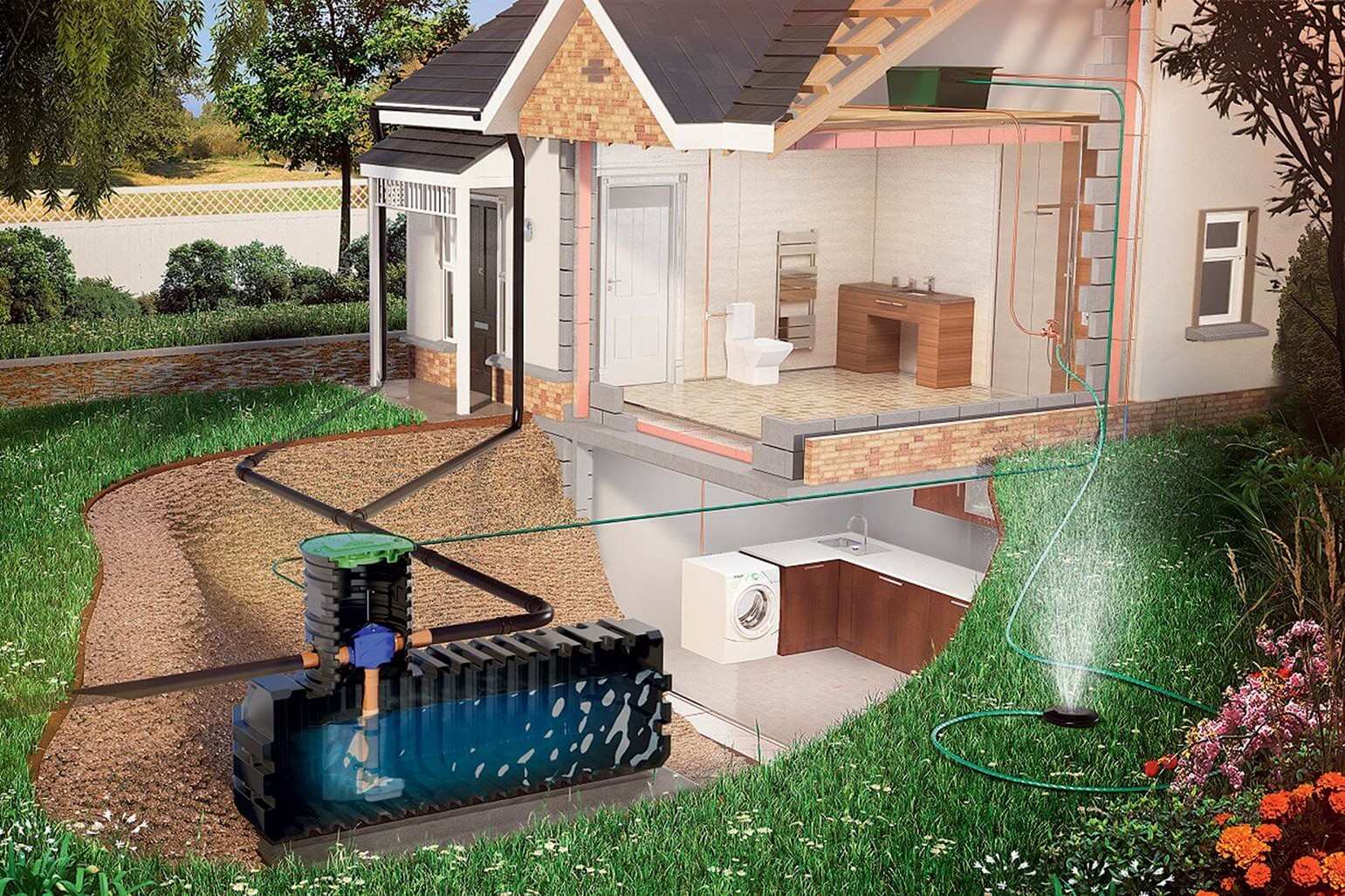

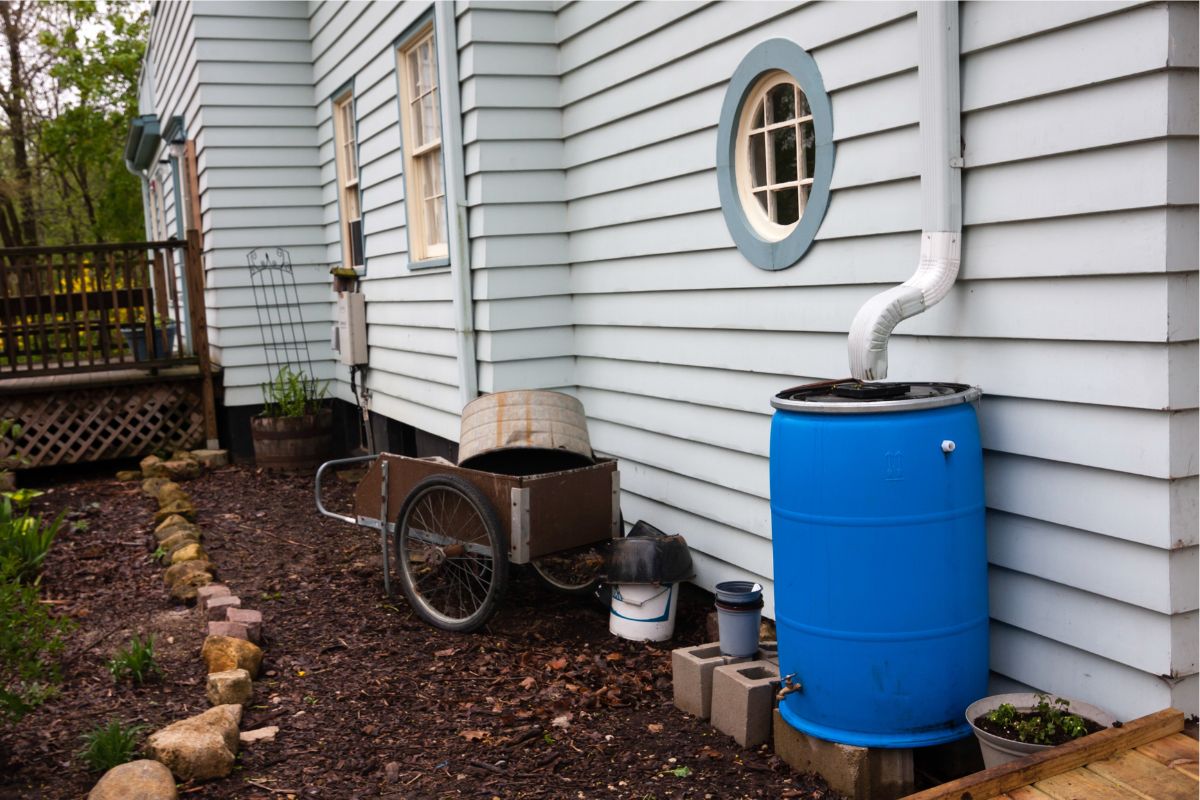

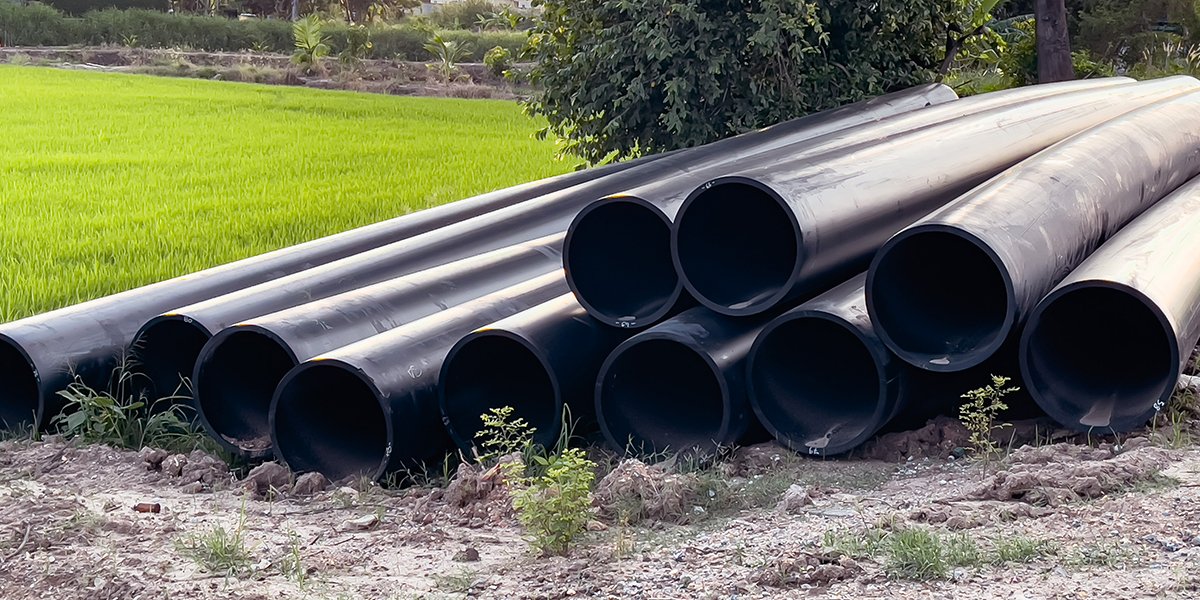
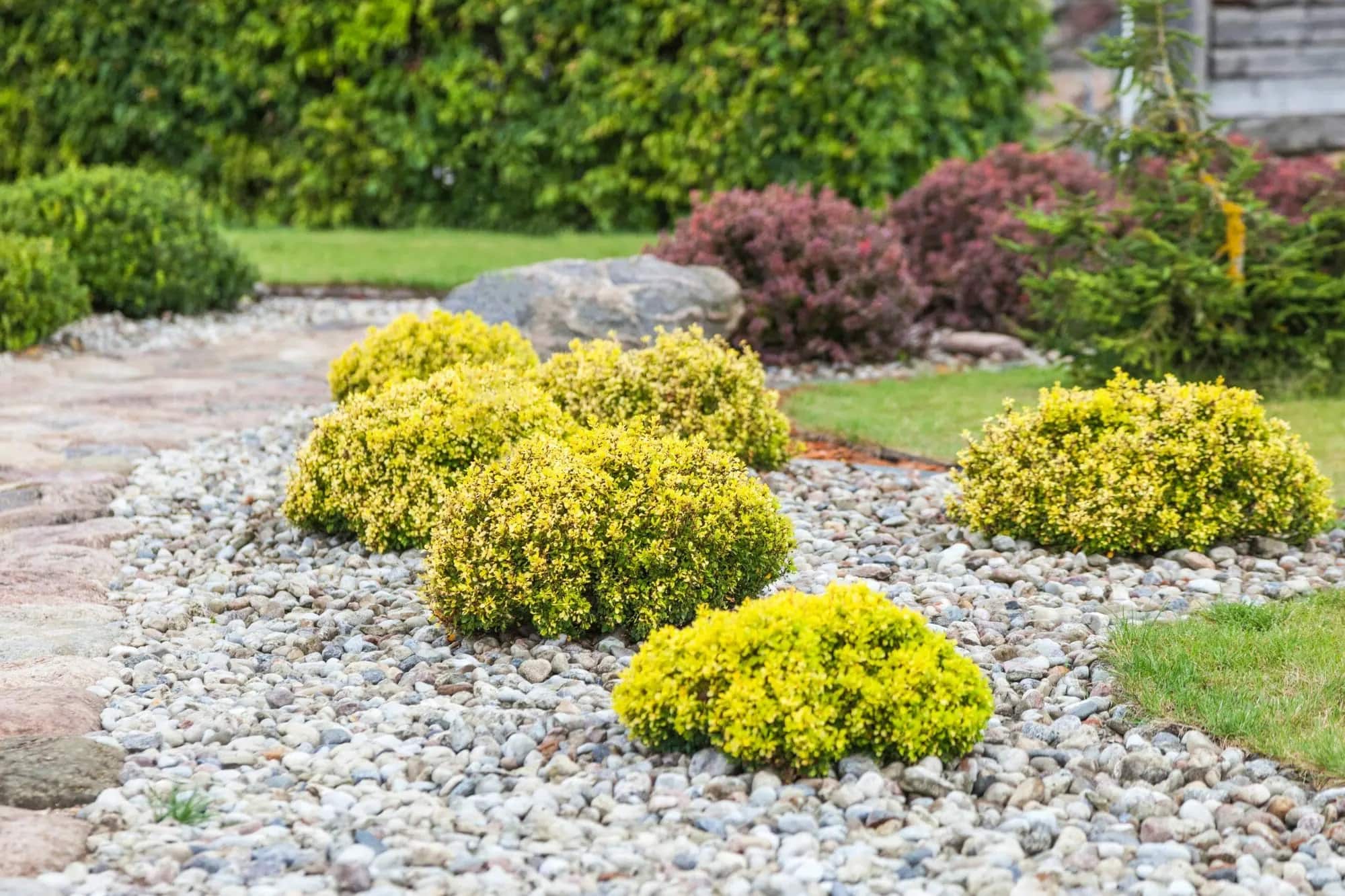
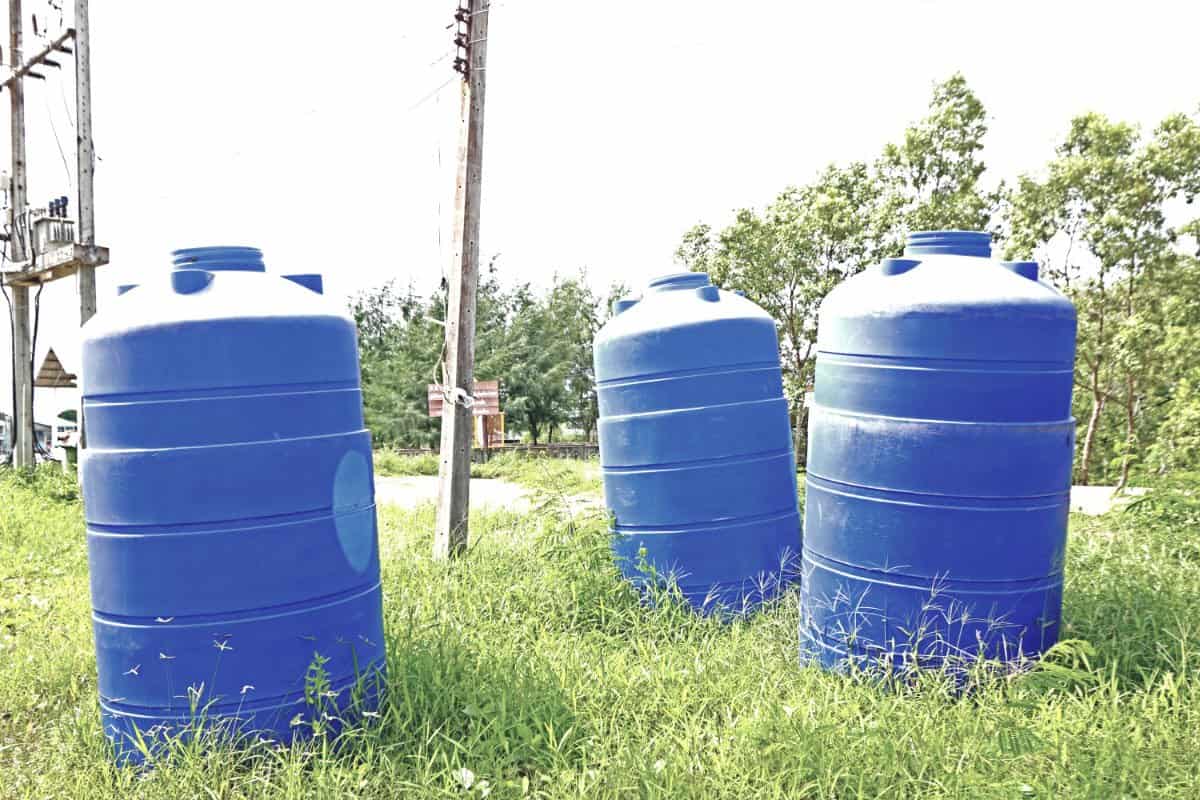
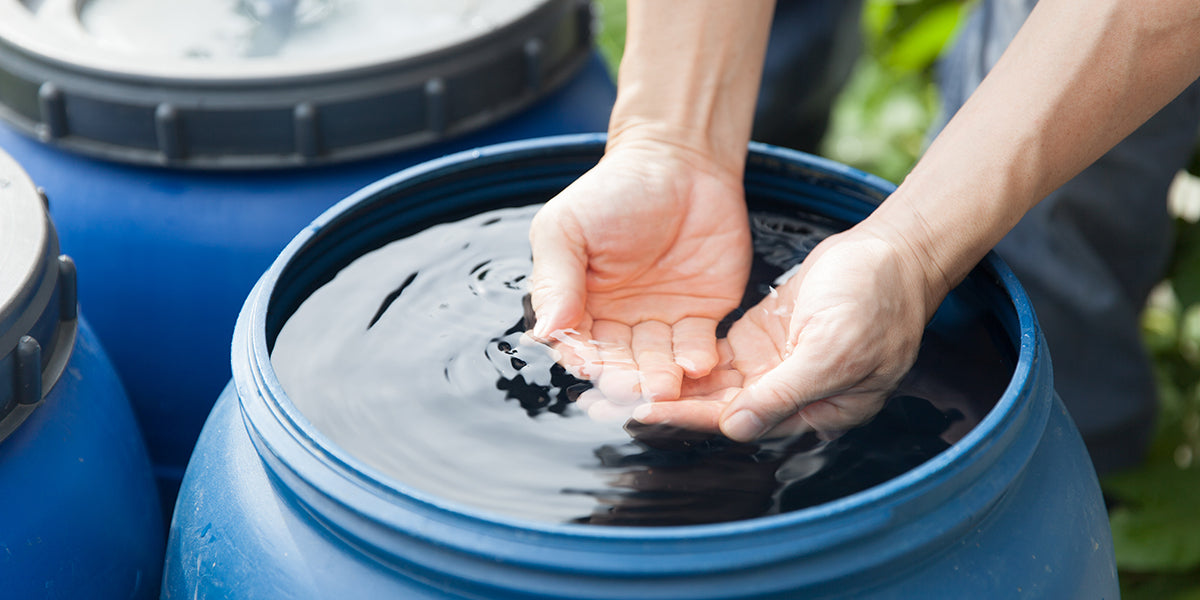
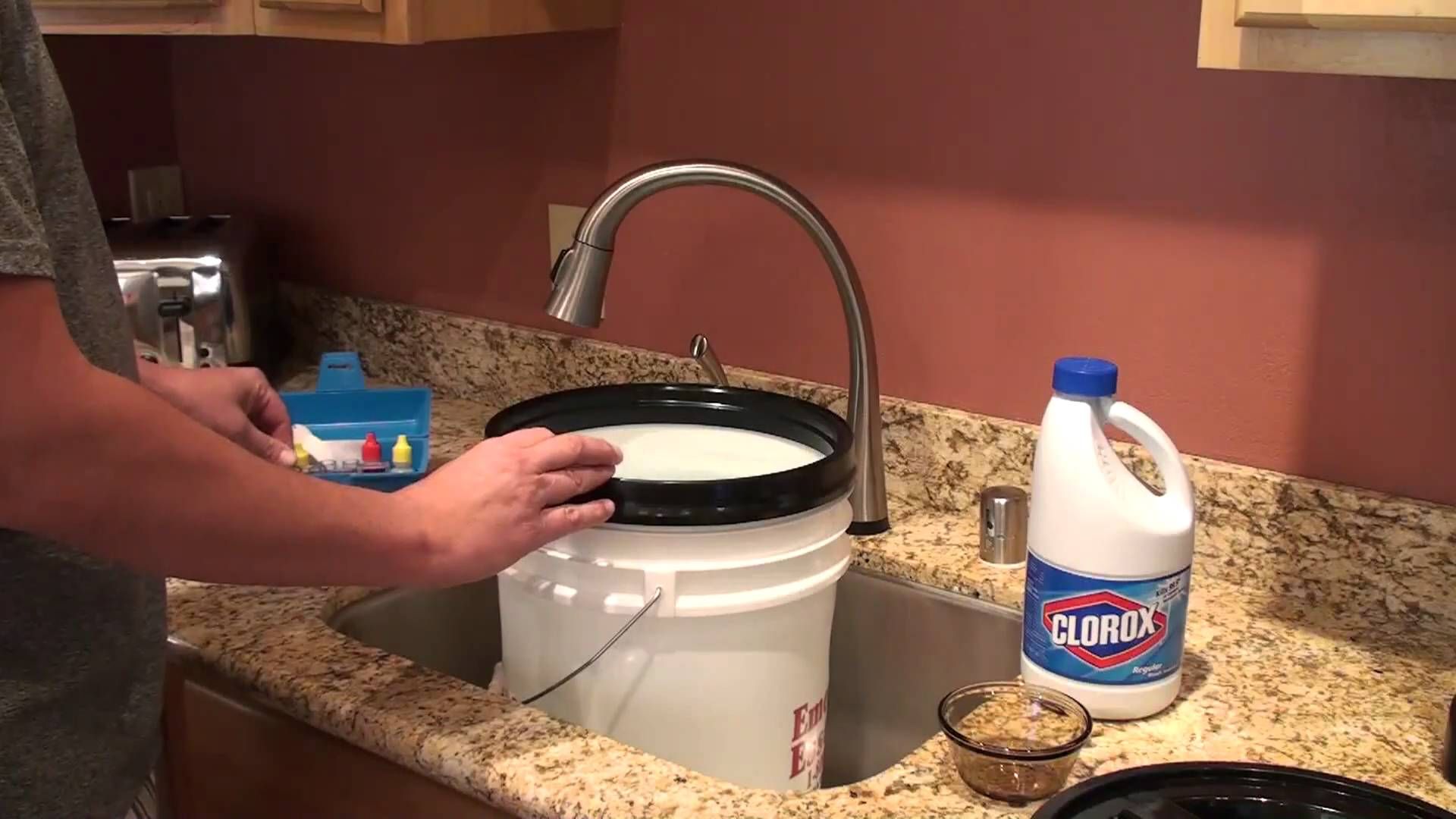
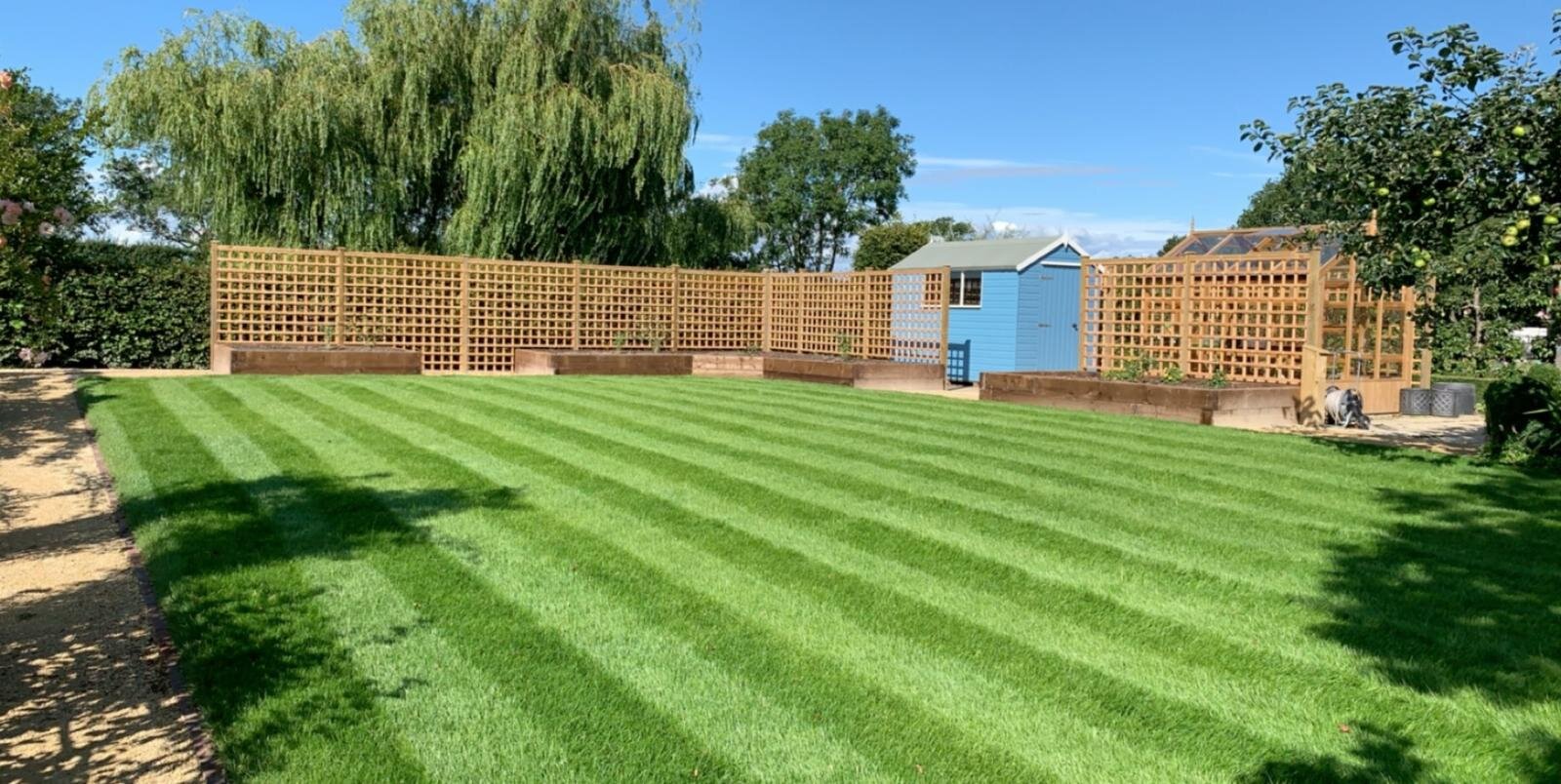
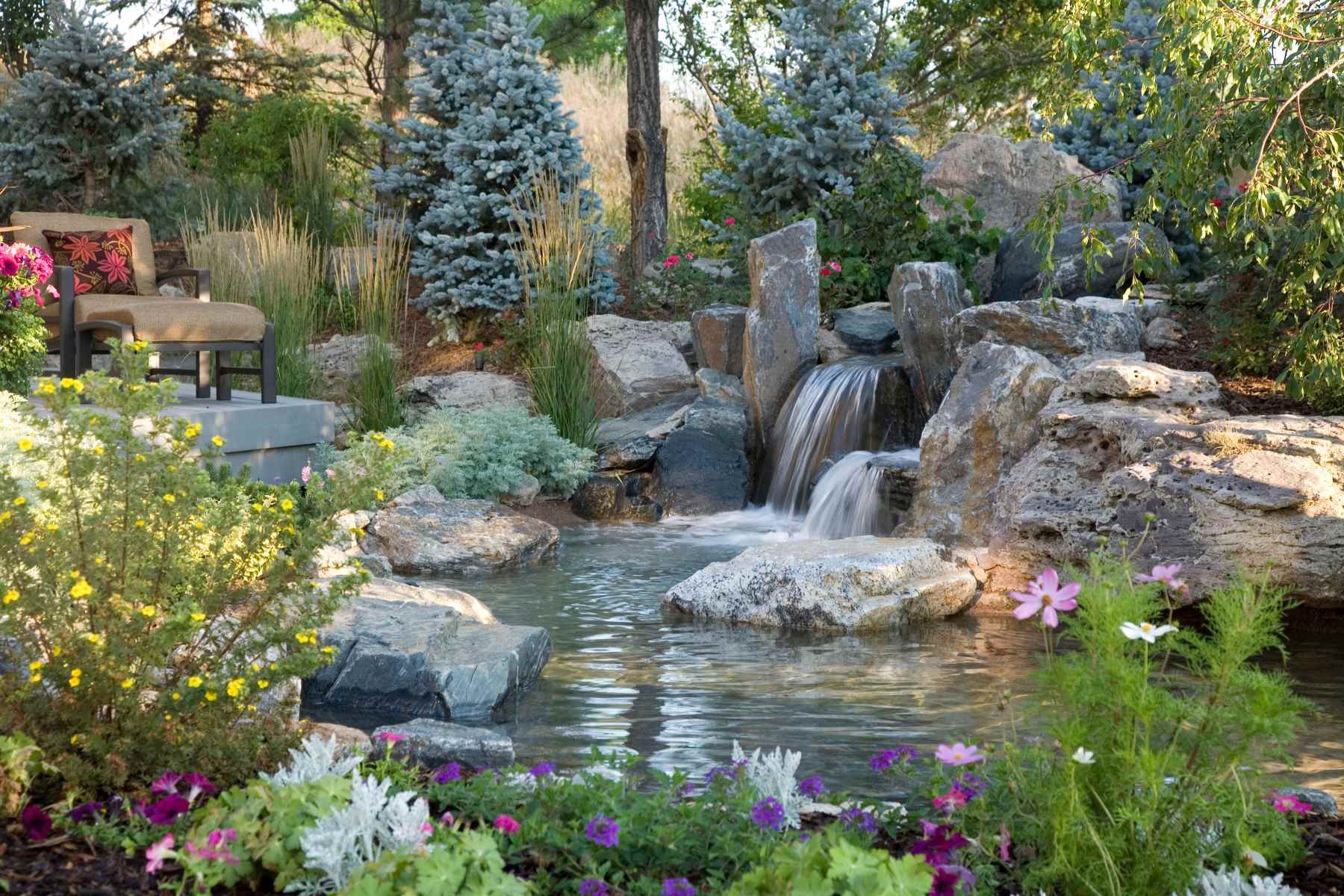
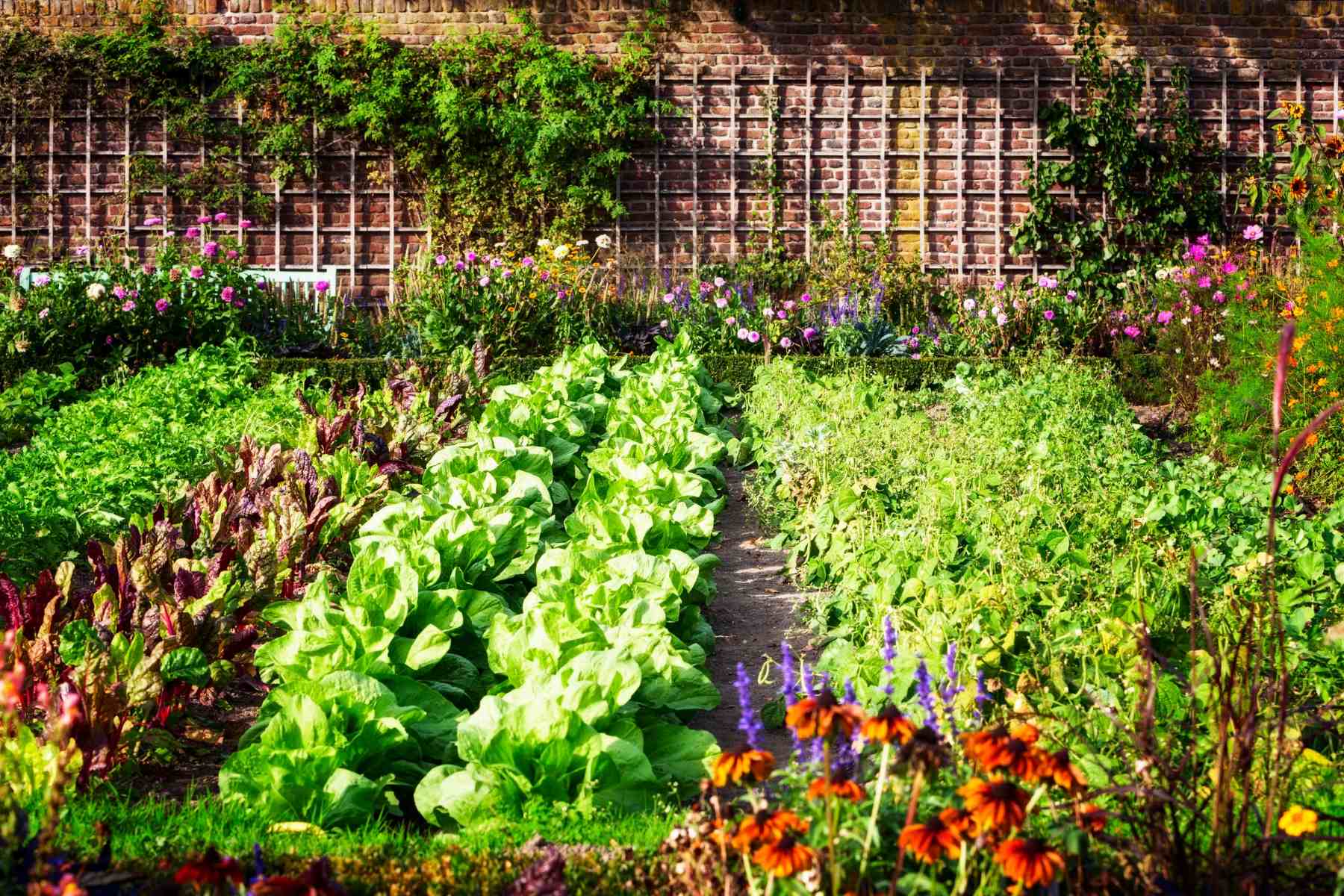
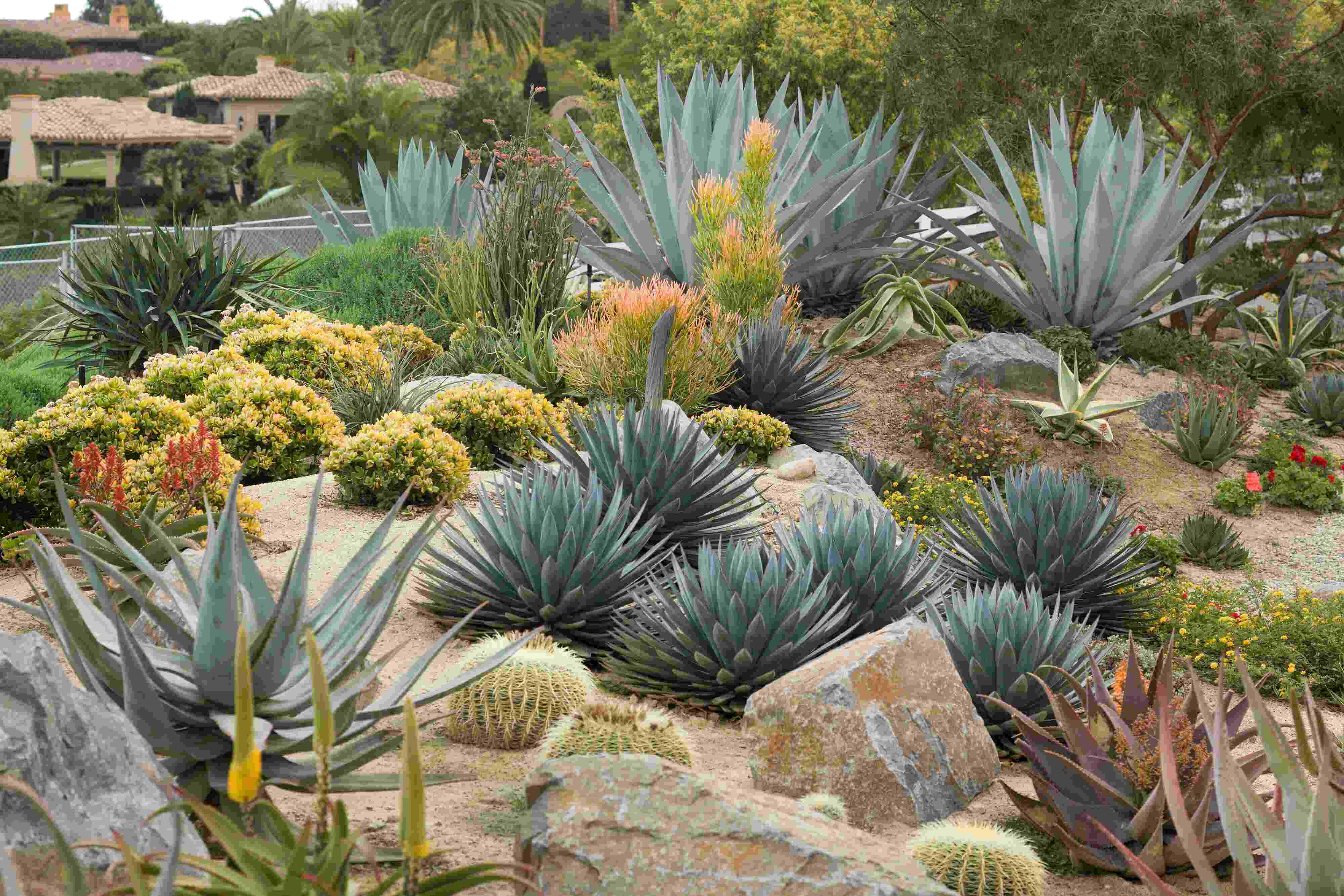
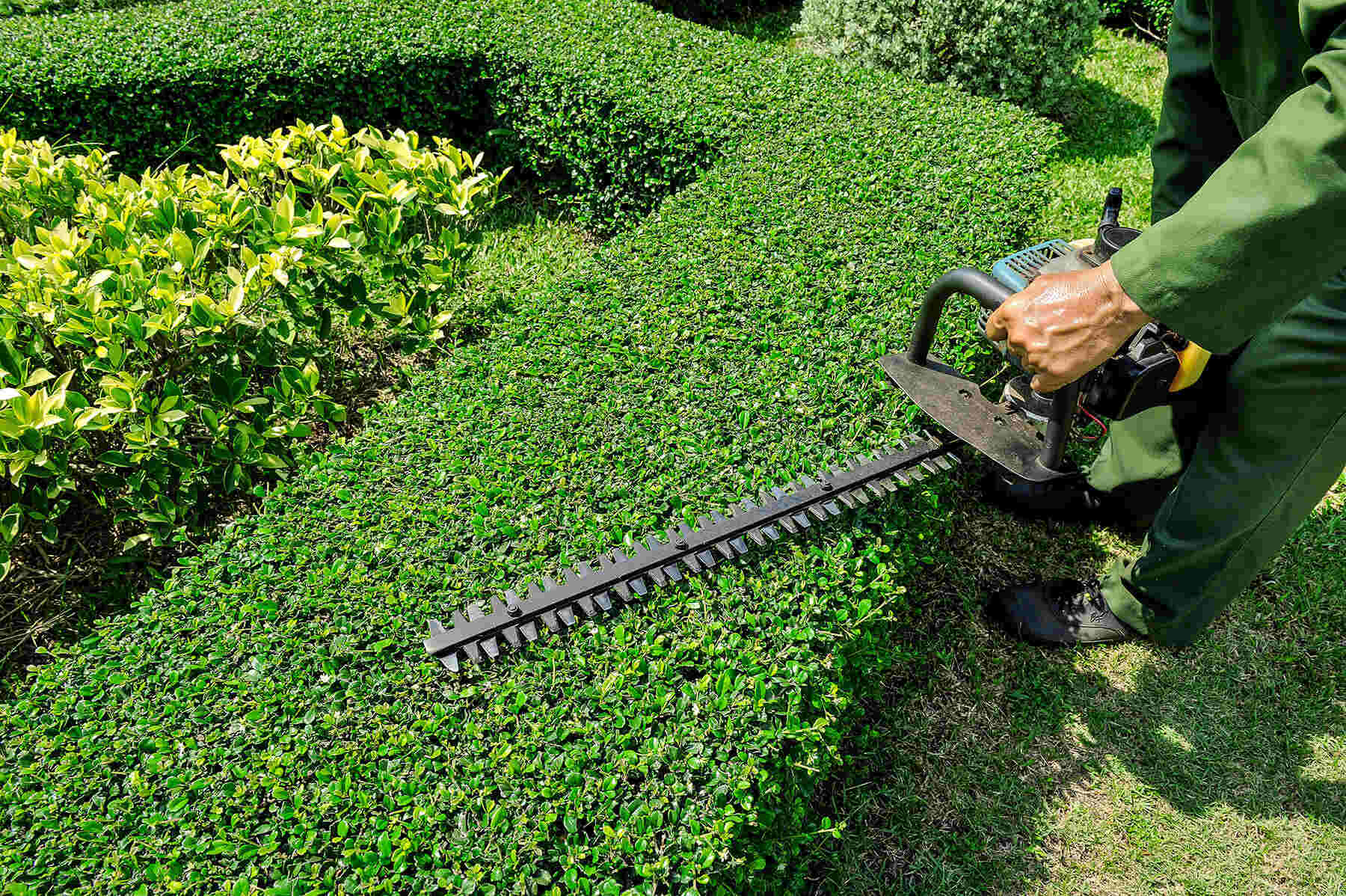

0 thoughts on “What Is The Term For The Type Of Landscape Design That Encourages Water Conservation?”